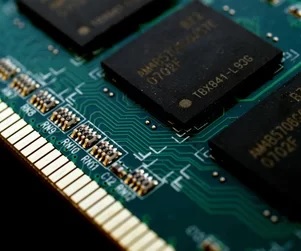What Is a PC Cache? A Basic Definition (original) (raw)

A CPU cache (pronounced cash) is found in the processor and holds data a PC frequently uses so that the processor can access it quickly to perform repetitive tasks more rapidly. A CPU usually has three levels of caches and 1-4MB of total memory.
A cache can perform rapid writing and rewriting of data, thanks to its being made up of SRAM (static RAM)chips instead of DRAM (dynamic ram) chips. This is because SRAM chips access data faster than DRAM. Also, because the cache memory is right on the CPU die, the data doesn't have to travel all the way over from the DRAM chips or storage drive.
For consumer CPUs, there are three different types of cache:
- L1 - the fastest but smallest
- L2 - the second fastest and second smallest
- L3 - the slowest and biggest
Note that when buying a CPU, cache isn’t that important because it’s hard to correlate a CPU’s cache size with your real-life experience.
This article is part of the Tom's Hardware Glossary .
Further reading:
Get Tom's Hardware's best news and in-depth reviews, straight to your inbox.
Scharon Harding has a special affinity for gaming peripherals (especially monitors), laptops and virtual reality. Previously, she covered business technology, including hardware, software, cyber security, cloud and other IT happenings, at Channelnomics, with bylines at CRN UK.